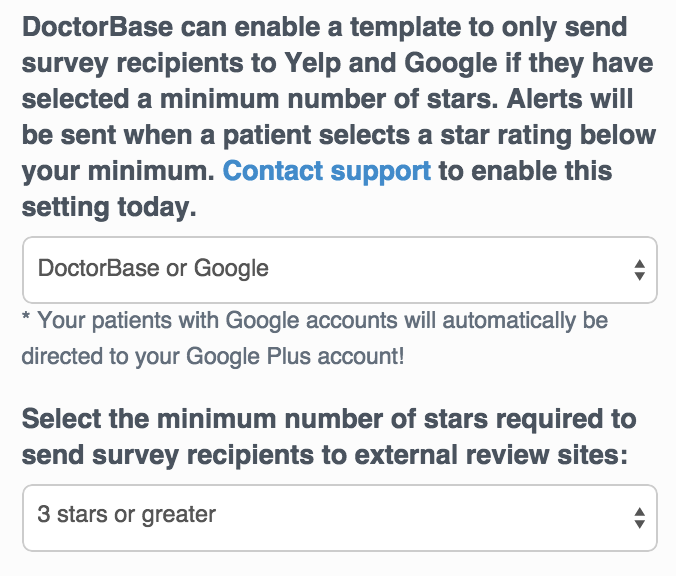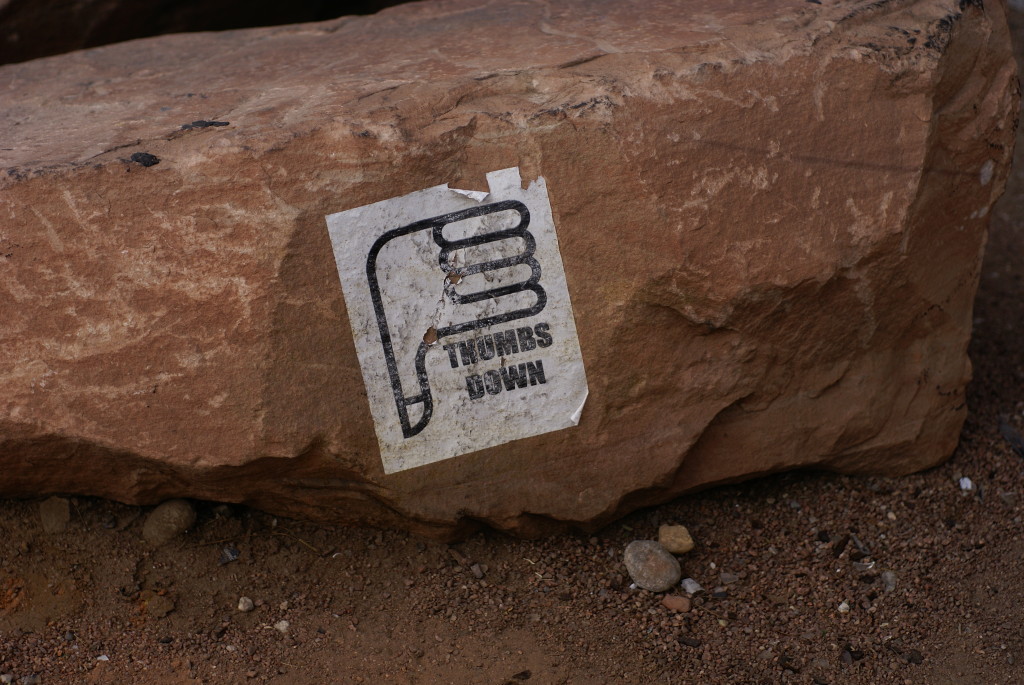Damage Control: 4 Best Tips For Handling Bad Reviews
Found yourself stuck between a rock and a hard review? No one goes through life without receiving criticism of some form. Winston Churchill said, "Criticism may not be agreeable, but it is necessary. It fulfills the same function as pain in the human body. It calls attention to an unhealthy state of things." We know that there are usually two root causes of criticism--an unhappy doctor or an unhappy patient. When a doctor is unhappy, it shows in his or her work and this can lead to dissatisfied patients.
When a patient is sick, sometimes its hard for them to be nice to even the kindest physician. If they do not feel like their needs are being met by the health care system, doctors are usually the one to blame--regardless if it is their fault. Doctors are working in an incredibly dynamic time with health care system changes making their lives--and the lives of their patients--more difficult. And, because of the internet, it is very easy for people to vent their frustrations online. So what is the modern doctor to do when they see a negative review? Here are our 4 best damage control tips handling negative reviews:
(1) Evaluate the damage by asking yourself if the review will harm your reputation. If you have a 5 star rating and 300 glowing reviews with 1 negative review, it is unlikely to harm your reputation and dealing with the review is not likely worth your time. But, if you are a new doctor and you don't have a lot of patients and the only patient who took the time to review you is an unhappy one, you should consider contacting the patient to assess the situation.
(2) Respond to the review in private if your reputation is in jeopardy. According to Yelp, "Responding to reviews is a great way to learn from and build goodwill with one of your most vocal customers. Yelp allows businesses to respond publicly and privately to user reviews." Your job here is again, to assess the damage by finding the underlying cause of their complaint to prevent its recurrence. Aim to find a resolution. This article does a fabulous job explaining when to make an apology to a patient after you have made a mistake.
(3) Respond to the review in public when appropriate. If in private, the patient is not cooperative with your polite and respectful efforts to understand what happened, you have the right to publicly explain what you tried to do to rectify the situation. When an inflammatory patient review is followed by a physician's public response written in a caring and non-confrontational tone, can speak powerfully about the physician's honesty, professionalism, and composure under pressure.
(4) Filter for truth: Yelp has an algorithm for filtering reviews that could be suspect so that they are hidden from the public. With DoctorBase's software, you can have emails automatically sent to your patients so that you know the reviews you are receiving online are truly from your panel. Even more exciting is the ability to filter reviews based on Star value. If you want to ensure only your best reviews reach the web, you can set up a filter through our platform.

I hope this article gives you new tools for building your reputation online and managing unfortunate reviews when they arise.





















